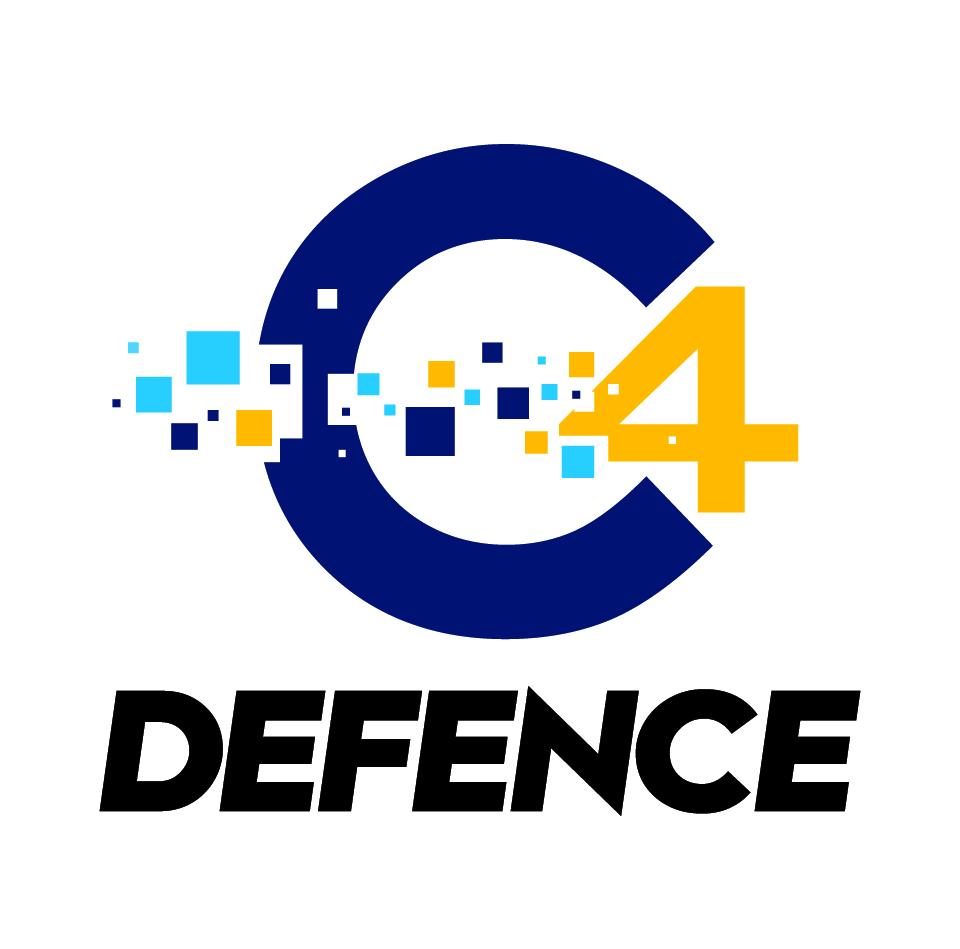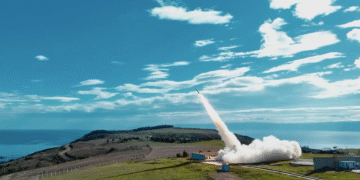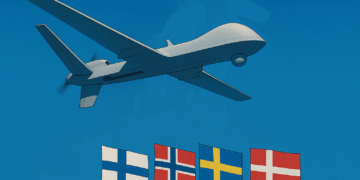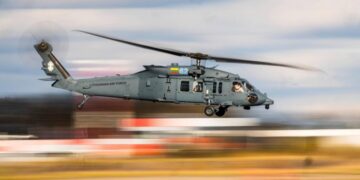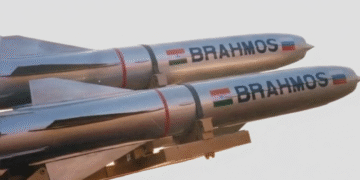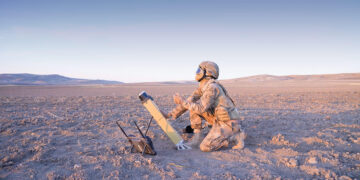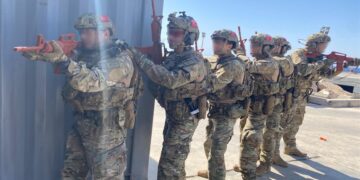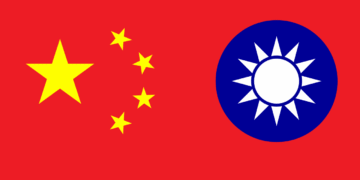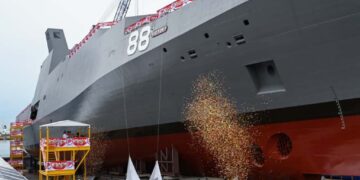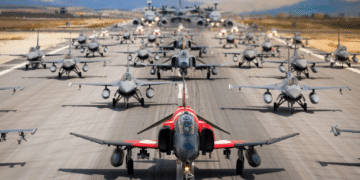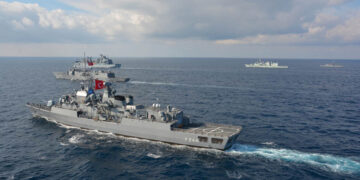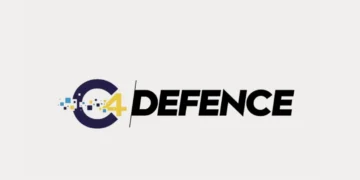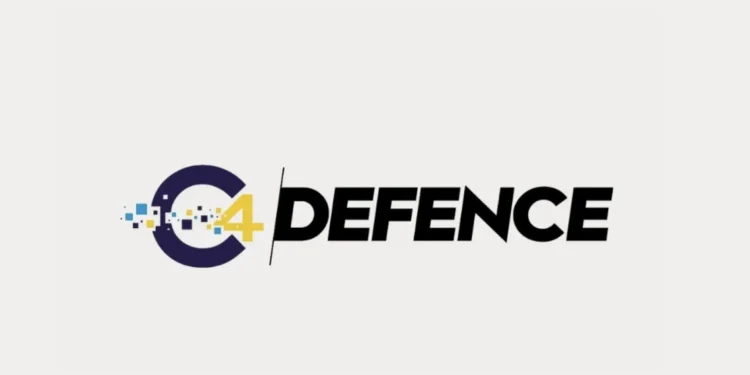This beautiful summer month, Istanbul is once again preparing to host the largest Military and Security Fair in Eurasia after two years. This year, the 17th IDEF event, which has gained value with each passing edition, has transformed into a vast exhibition area. At IDEF, which will host approximately 1,400 companies, 900 of them domestic, firms will form the defense industry ecosystem in areas including land, sea, air, space, as well as logistics, security, transportation, software, and supplies.
In today’s era of global arms competition, defense industry companies are preparing for significant rivalry, aiming to develop new technological weapon systems and deliver them rapidly to users. Before turning to Europe, I would like to focus on Turkey’s global position. Last year, the total annual revenue of the defense and aerospace industry reached 15 billion USD.
Currently, nearly 3,500 operational defense companies, with a total workforce of 95,000, occupy a strategic place in the national economy. Turkey, whose global position strengthens day by day, ranked 11th in the world military export list last year thanks to export-oriented efforts. This year, the goal is to enter the top 10 (TOP TEN). The Presidency and the Presidency of Defense Industries (SSB) are providing significant support in this regard. While the Ministry of National Defense (MSB) and the Turkish Armed Forces (TSK) generally handle army procurement processes, bilateral negotiations conducted through foreign attachés have increased user support in recent years.
Exports, which reached 7.1 billion USD last year, accounted for nearly half of the total national industry revenue. This sales level is expected to increase by 2025. Looking at the general distribution of sales, NATO countries are identified as the primary buyers. Contrary to common beliefs, it is a lesser-known fact that over 70% of Turkish defense and aerospace exports are directed to NATO and European countries, including the United States.
While writing these lines, it is important to refer to the statements of the President of the Defense Industries, Haluk Görgün. President Görgün shared that, in the first half of this year, defense and aerospace industry export figures increased by 33% compared to the same period last year, reaching 4 billion USD. During the same period, the Turkish defense industry received a total of 6 billion USD in orders in the first six months, and the total order figure of 10 billion USD from last year is expected to be exceeded this year.
So, what is the state of Europe’s defense industry and security environment? The war in the Black Sea basin continues to unsettle countries in the northern part of the continent. Meanwhile, the situation in the Middle East has partially diverted the attention of the European public. Although European Union members have established a common defense framework, a clear conceptual consensus has not yet been reached. Europe’s defense primarily relies on NATO forces. A new joint defense plan and protocol signed at the level of defense ministers in June is in effect, and member countries will focus on complying with the conditions outlined in the plan. Within the EU structure, all conditions from material procurement and joint defense concepts to regional infrastructure will be reviewed. For example, the readiness level of battalions, transportation capabilities, or storage facilities will be assessed. According to this plan, the actual procurement process should begin now.
France’s statements about incorporating its nuclear power into the European joint defense project, and the discussion of a joint deterrent power with the United Kingdom, are currently being debated; meanwhile, Germany’s announcement of an additional 100 billion Euro defense budget has yet to be submitted for parliamentary vote and approval after two years. So far, apart from the acquisition of a limited number of new Leopard 2A7 tanks and F-35 aircraft (not yet signed), most discussions focus on air defense systems. The modernization process of the German army’s land forces has been insufficient over the last three years. While European countries make propaganda-based statements, general production problems have already begun.
According to the Mildata database, nearly all armored vehicles from 1980–1990 are to be replaced. In the last 3–4 years, significant developments have occurred in land systems across Europe. Modernizations of main battle tanks such as the Challenger, Leopard 2, and Leclerc LR, planned five years ago, essentially extend the life of 1990s-era weapons. Regarding this strategic weapon, European countries, except Poland, placed a total of 423 new orders, mostly Leopard 2A7/8 and a few M1A2 new productions. Additionally, Poland, which approved orders for 610 K2 and M1A2 tanks, hopes to exceed 1,000 units.
Let’s look at indispensable battlefield elements: armored combat and personnel carrier vehicles. Beyond modernizing a small number of early 2000s vehicles, more than 11,000 new armored vehicles, both wheeled and tracked, have been ordered. Regarding other essential artillery systems, including howitzers and MLRS, new orders (excluding Poland) reached 750 units. Poland has additionally placed confirmed new orders for 388 howitzers and 796 MLRS units, mostly from Korean industry. All NATO countries have also placed standard orders for air defense systems such as IRIS-T, NOMADES, or NASAMS batteries and are progressing toward filling major gaps.
An important detail is that all NATO countries have ordered new Leguan-type bridge layers or M3-style floating bridges. The return of these vehicles, removed from engineering units 30 years ago, holds significant operational importance. We haven’t even discussed ammunition orders; production lines are already filled with orders for the next seven years.
At this point, the question arises: “Where is the qualified workforce and factories to produce these systems?” The EU defense industry is turning to production facilities in the former Eastern Bloc while also seeking subcontractors.
Almost every weapon and support system produced today requires new technologies. This increases the importance of the supply chain. The role of 17 rare earth elements in weapon systems cannot be underestimated. A “monopoly game” over critical materials used in land, sea, and air vehicles has already begun. Controlling the supply chain also means controlling industrial power.
As can be seen, the importance of IDEF 2025 has increased even further in the dynamic global defense industry environment. I have no doubt that delegations from the expected 99 countries will find what they are looking for.
Turkey is now one of the global centers in defense and aerospace, where modern technologies and production capabilities converge.
